Ectomomyrmex sp. B
Worker
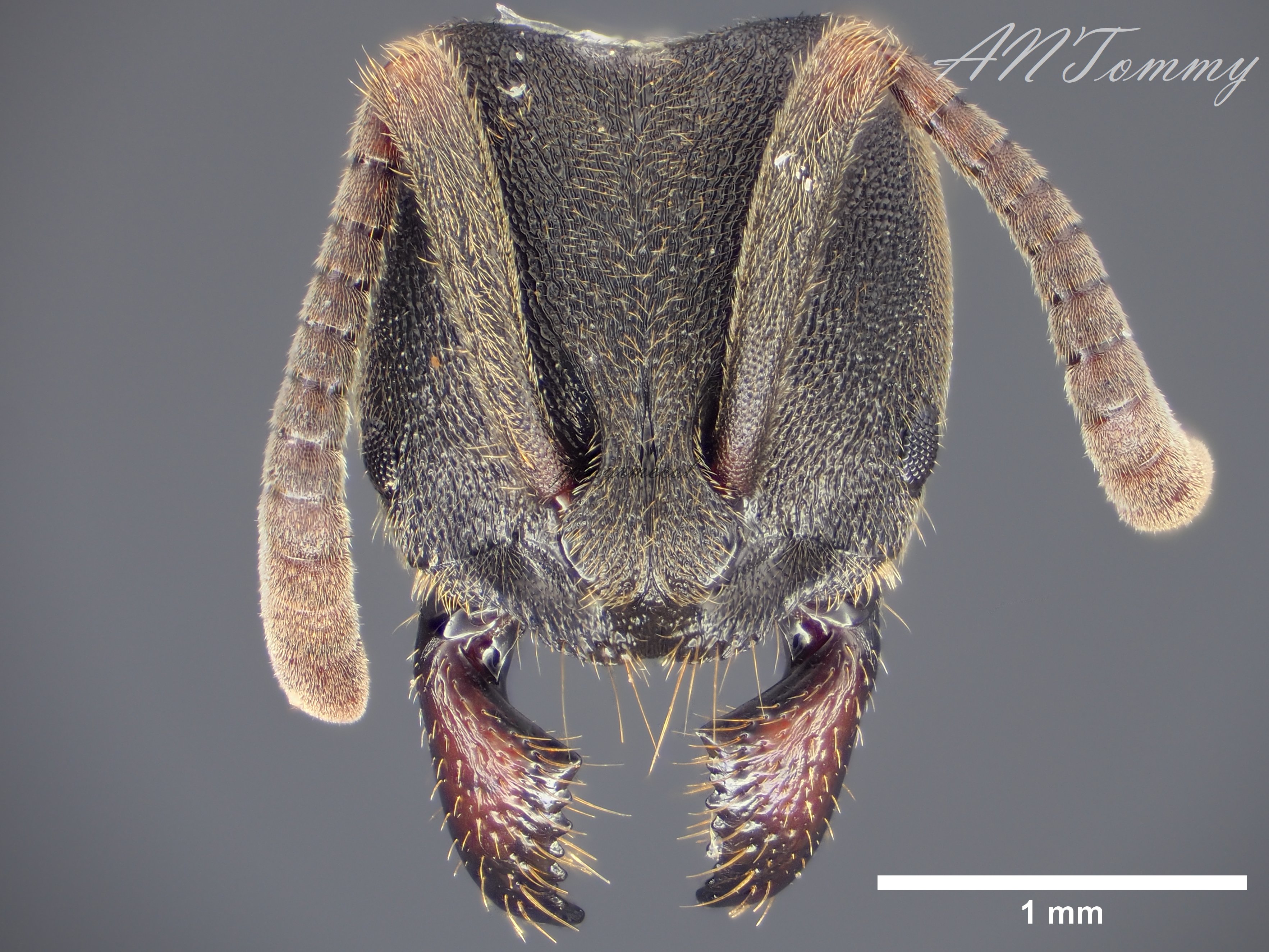
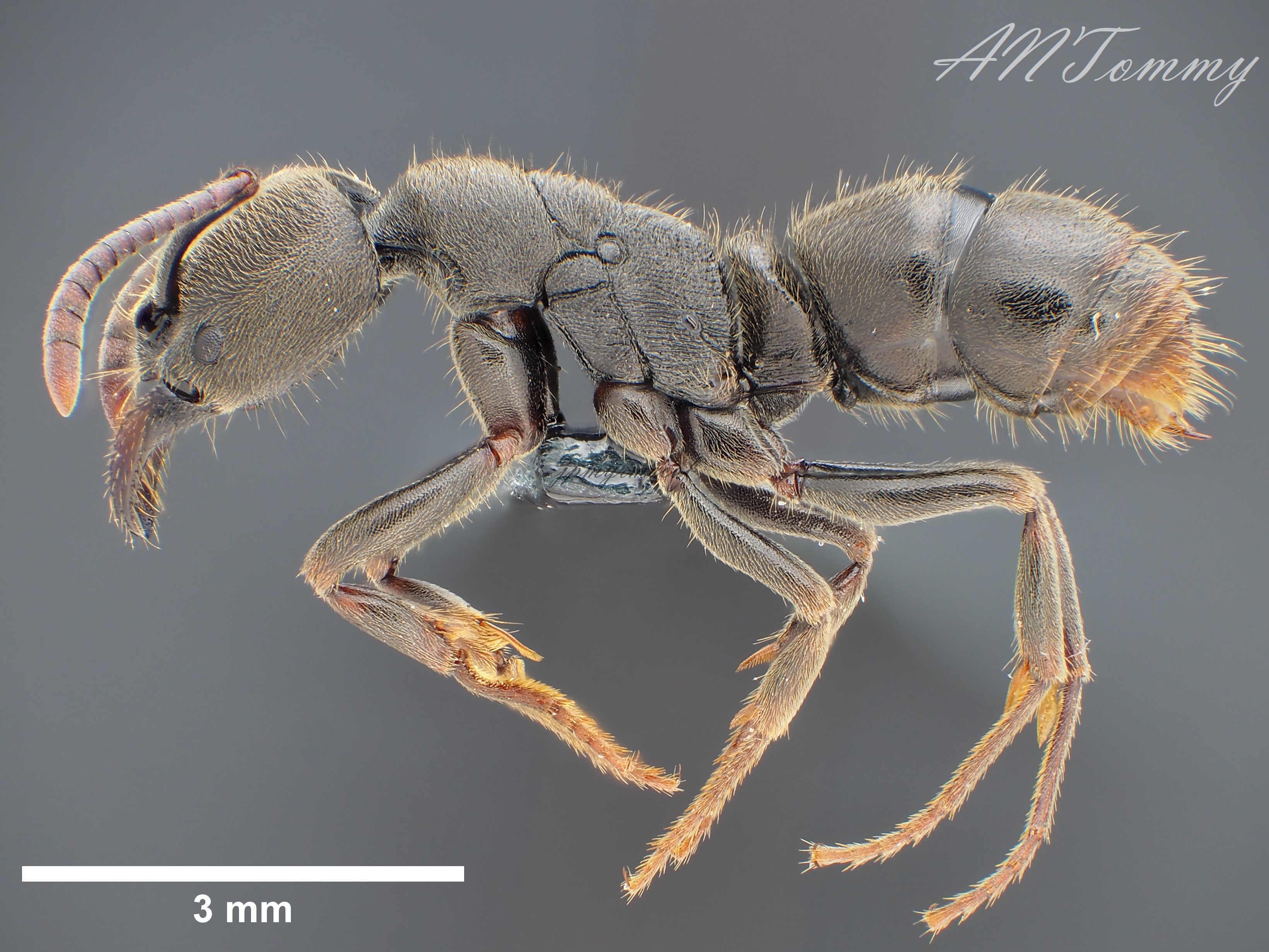
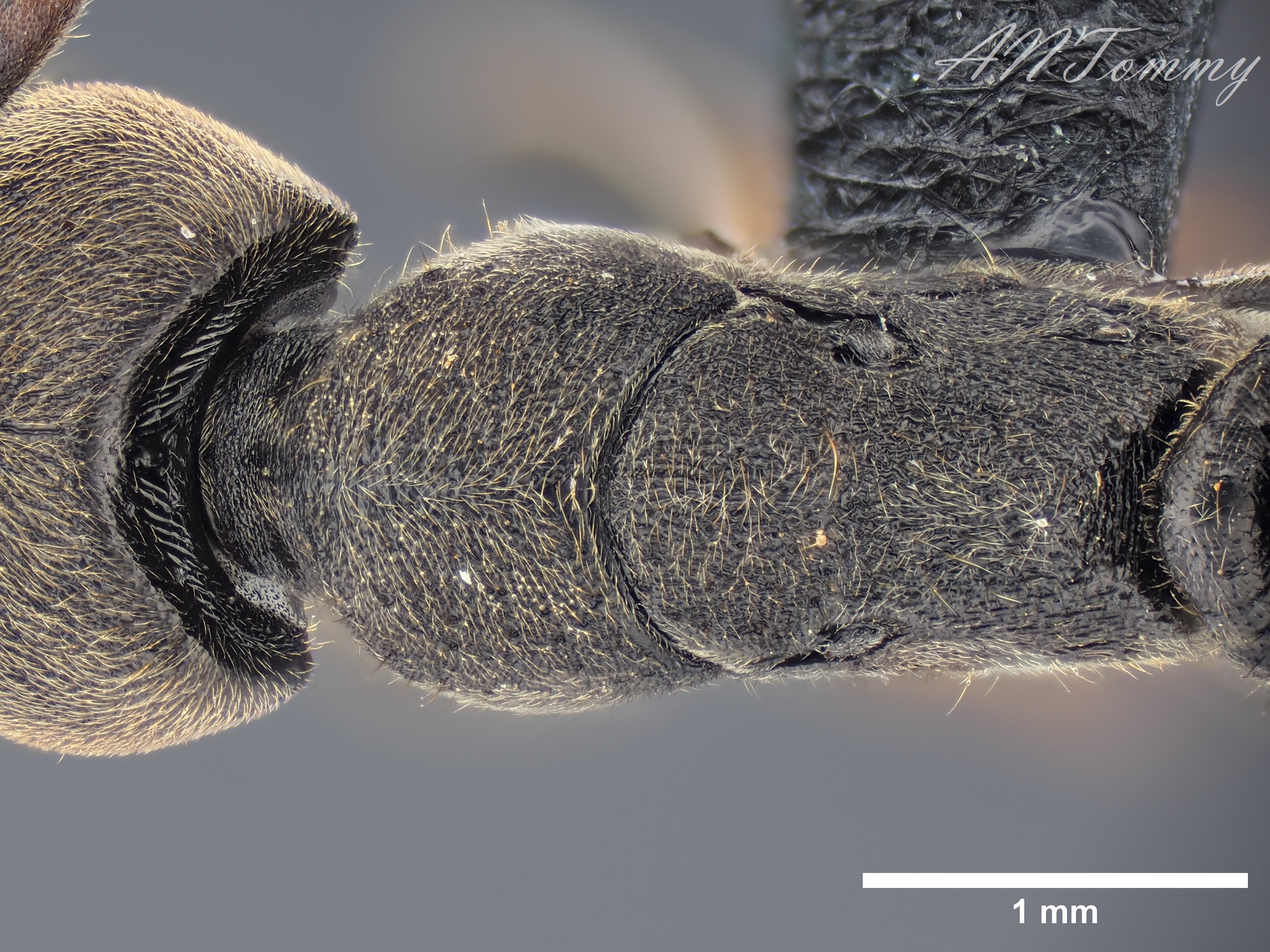
Queen
Male
Gallery
Distribution and habitat
Iriomote I. in Japan.
References
Terayama M, Kubota S, Eguchi K (2014) Encyclopedia of Japanese ants. Asakura Publishing Co., Ltd.




Iriomote I. in Japan.
Terayama M, Kubota S, Eguchi K (2014) Encyclopedia of Japanese ants. Asakura Publishing Co., Ltd.

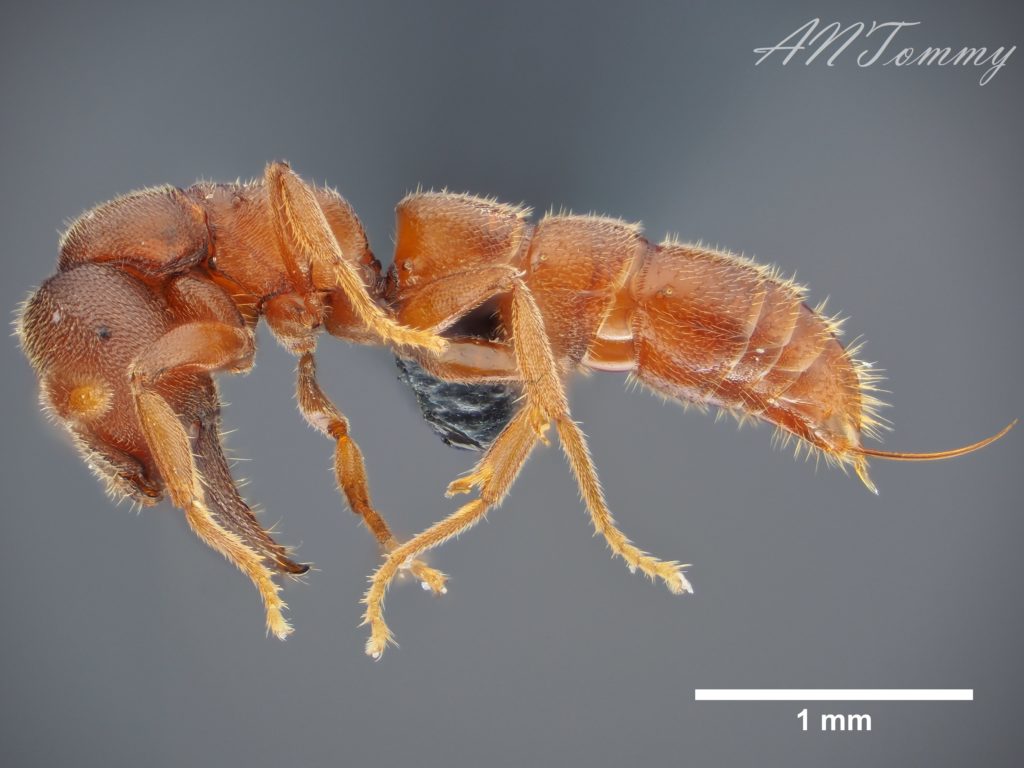
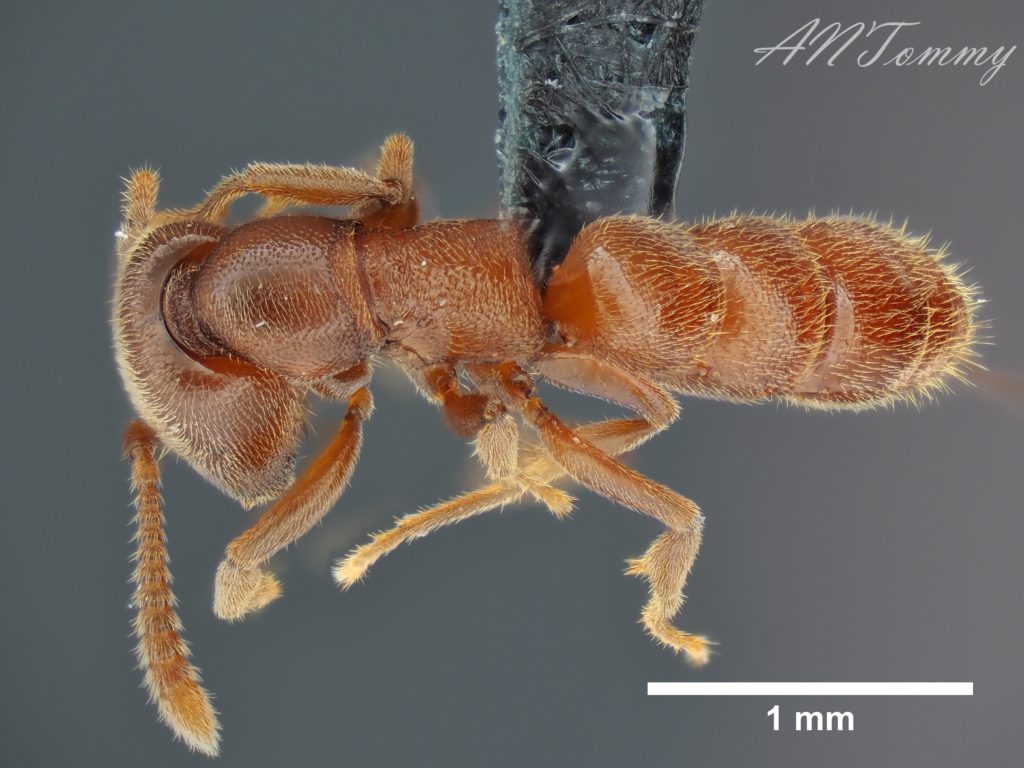
Iriomote I. in Japan.






Distinguishable from other species of the genus by the shape of the sub petiolar process. Characterized by bristles on mid tibiae and a few ommatidia.



Unlike workers, there are many ommatidia.
Wheeler, W.M. 1906. “The ants of Japan.” Bulletin of the American Museum of Natural History 22: 301-328.



Yashiro, Toshihisa & Matsuura, Kenji & Guénard, Benoit & Terayama, Mamoru & Dunn, Robert. (2010). On the evolution of the species complex Pachycondyla chinensis (Hymenoptera: Formicidae: Ponerinae), including the origin of its invasive form and description of a new species. Zootaxa. 2685. 39-50. 10.11646/zootaxa.2685.1.3.
Schmidt, Chris & Shattuck, S.O.. (2014). The Higher Classification of the Ant Subfamily Ponerinae (Hymenoptera: Formicidae), with a Review of Ponerine Ecology and Behavior. Zootaxa. 3817. 1-242. 10.11646/zootaxa.3817.1.1.
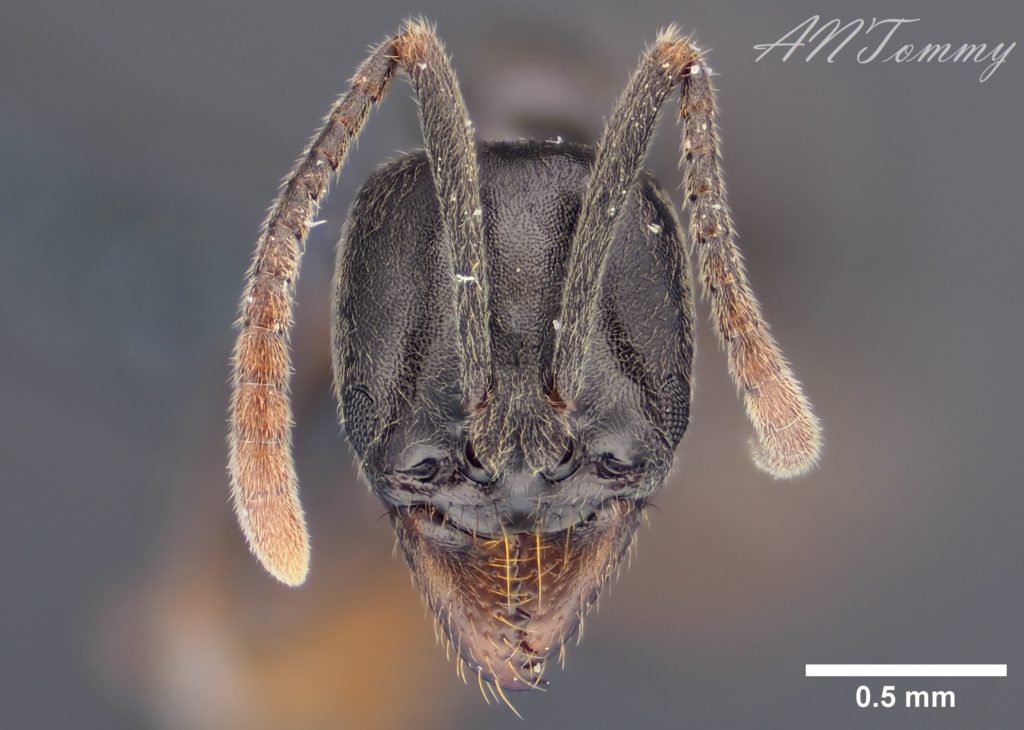
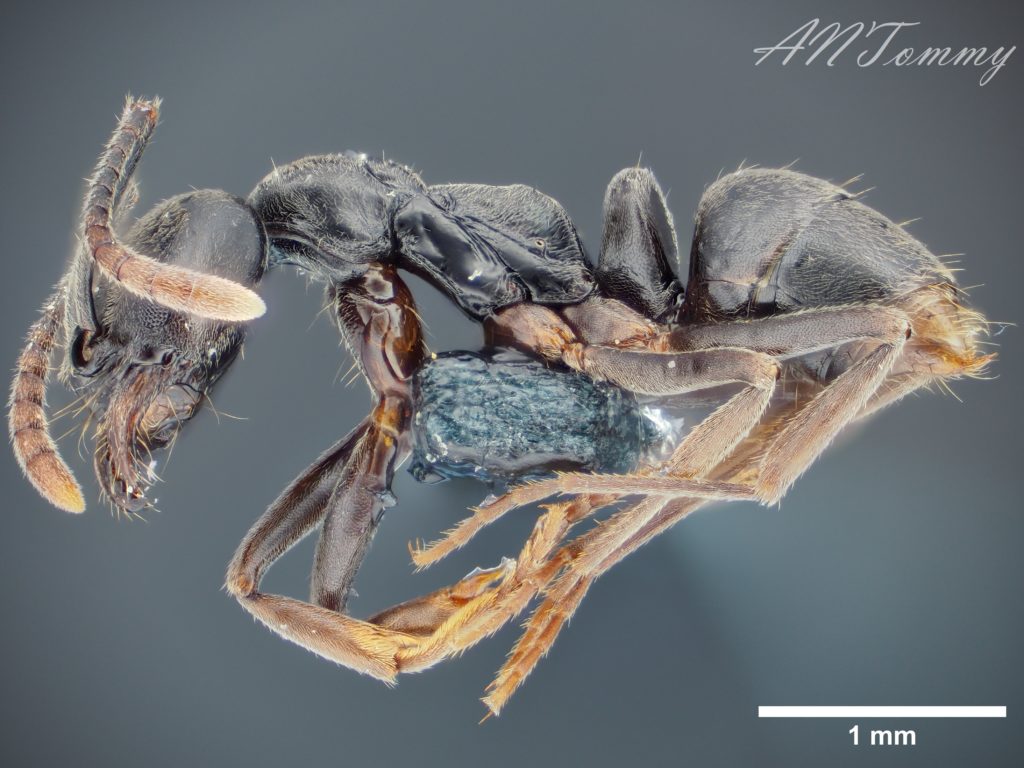
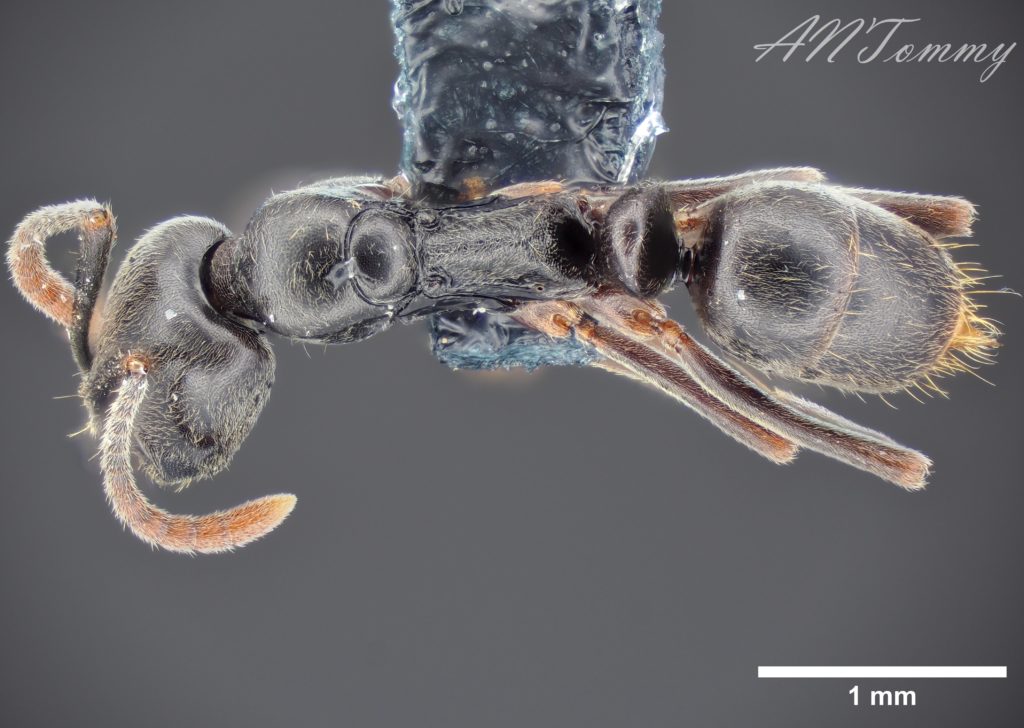

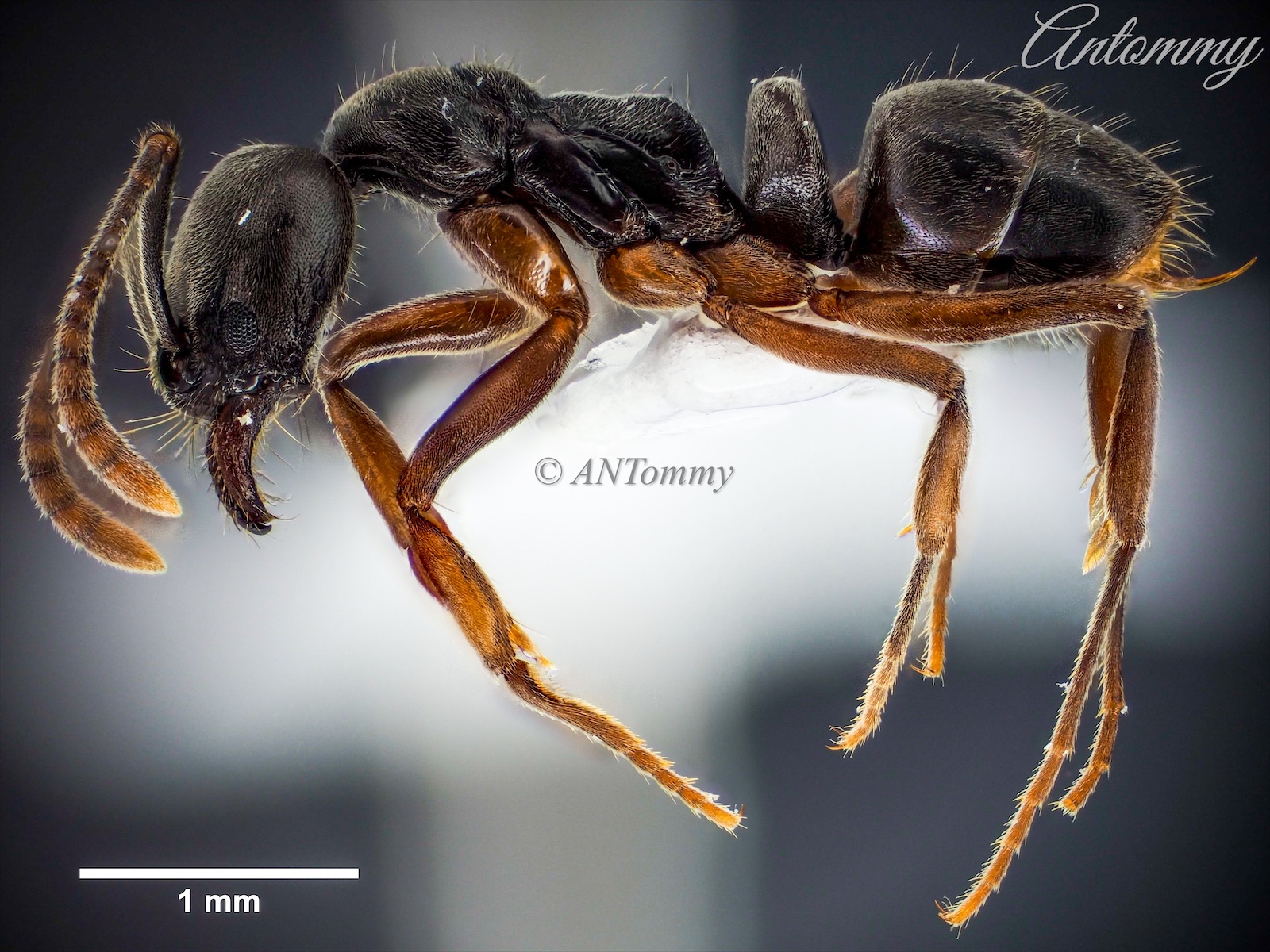
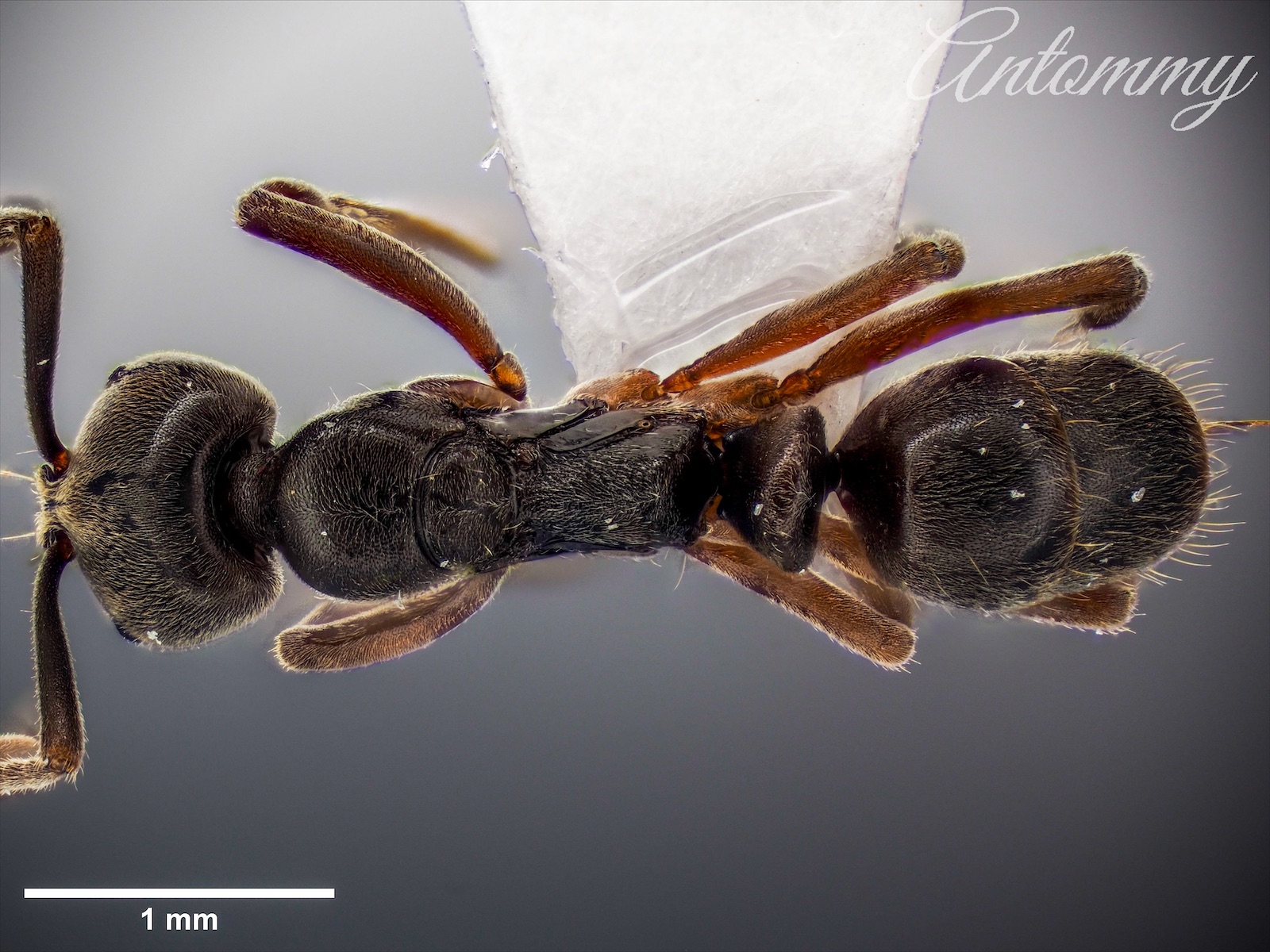
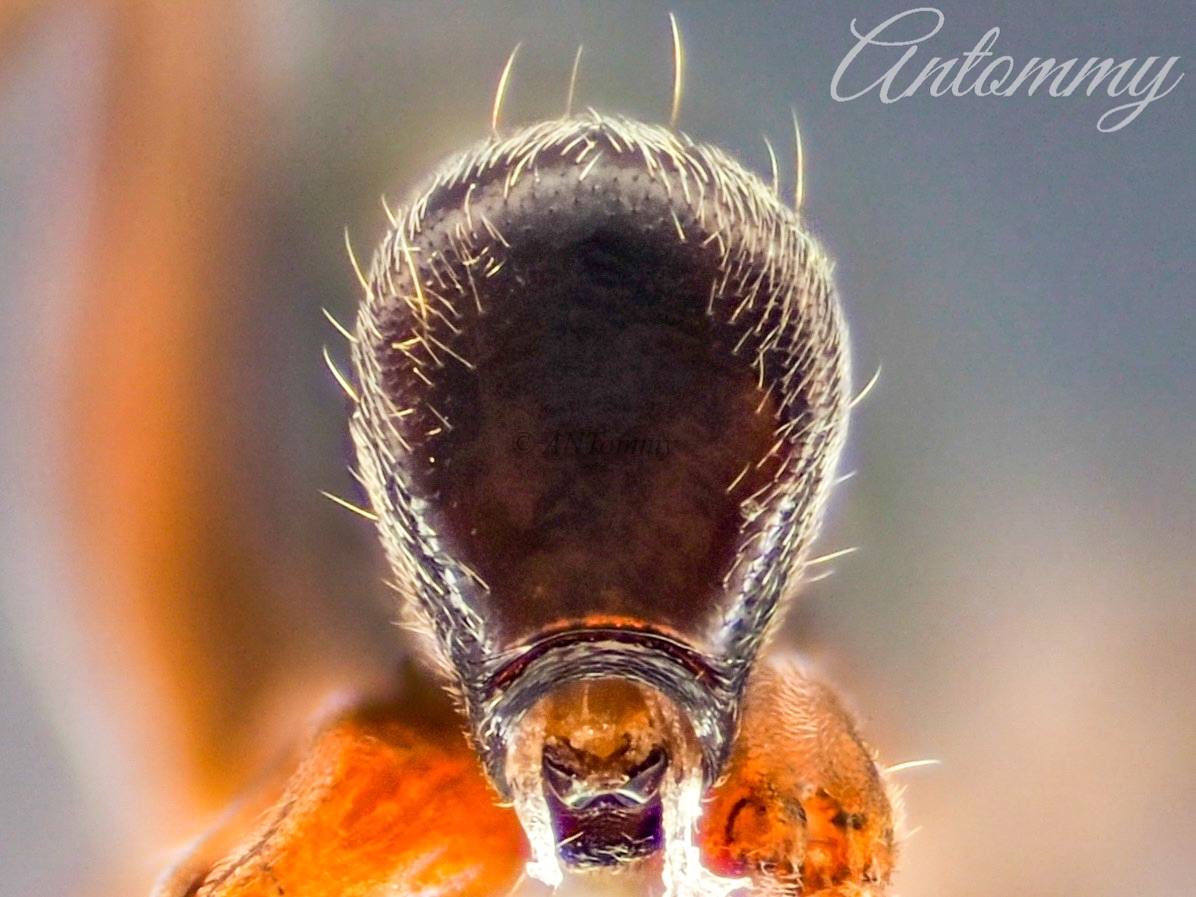
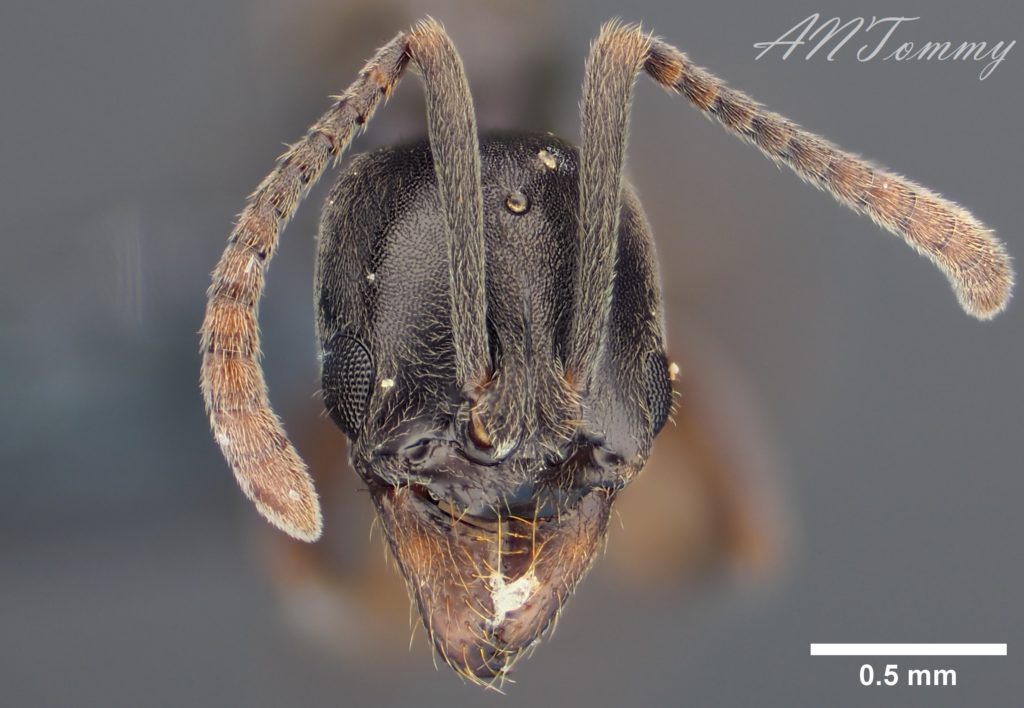
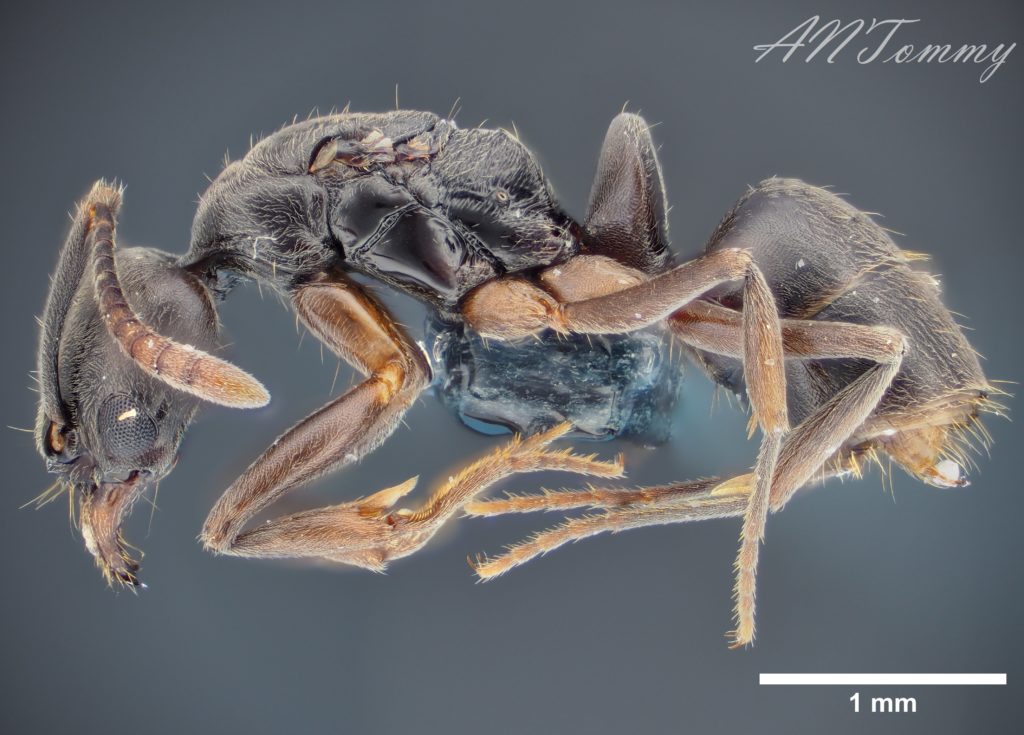
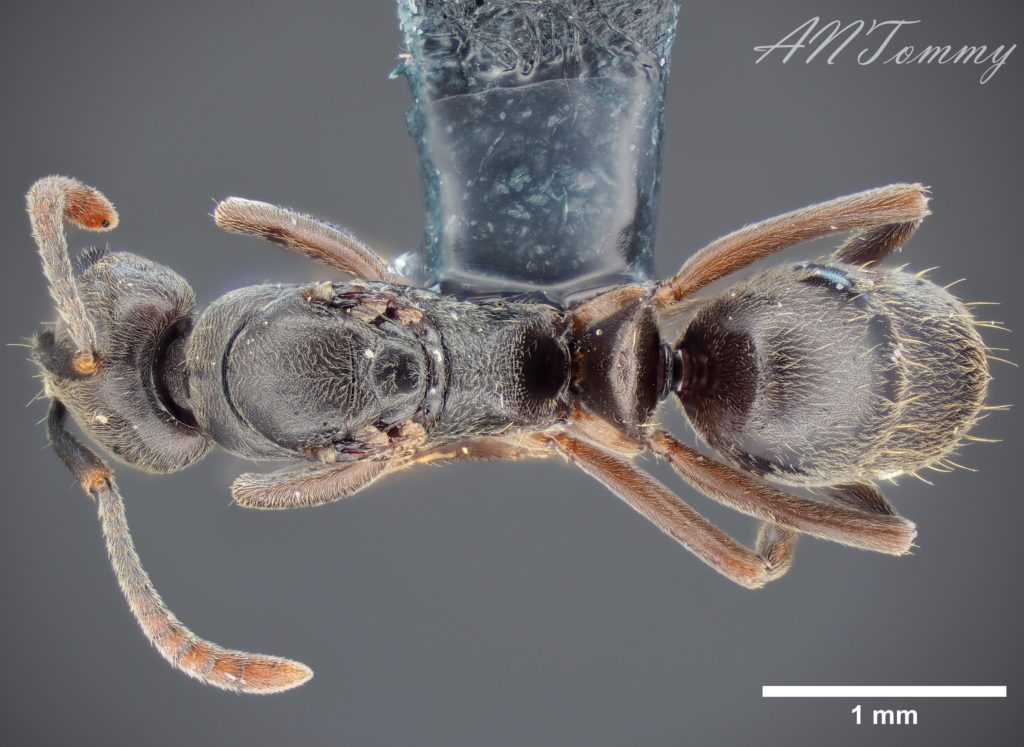
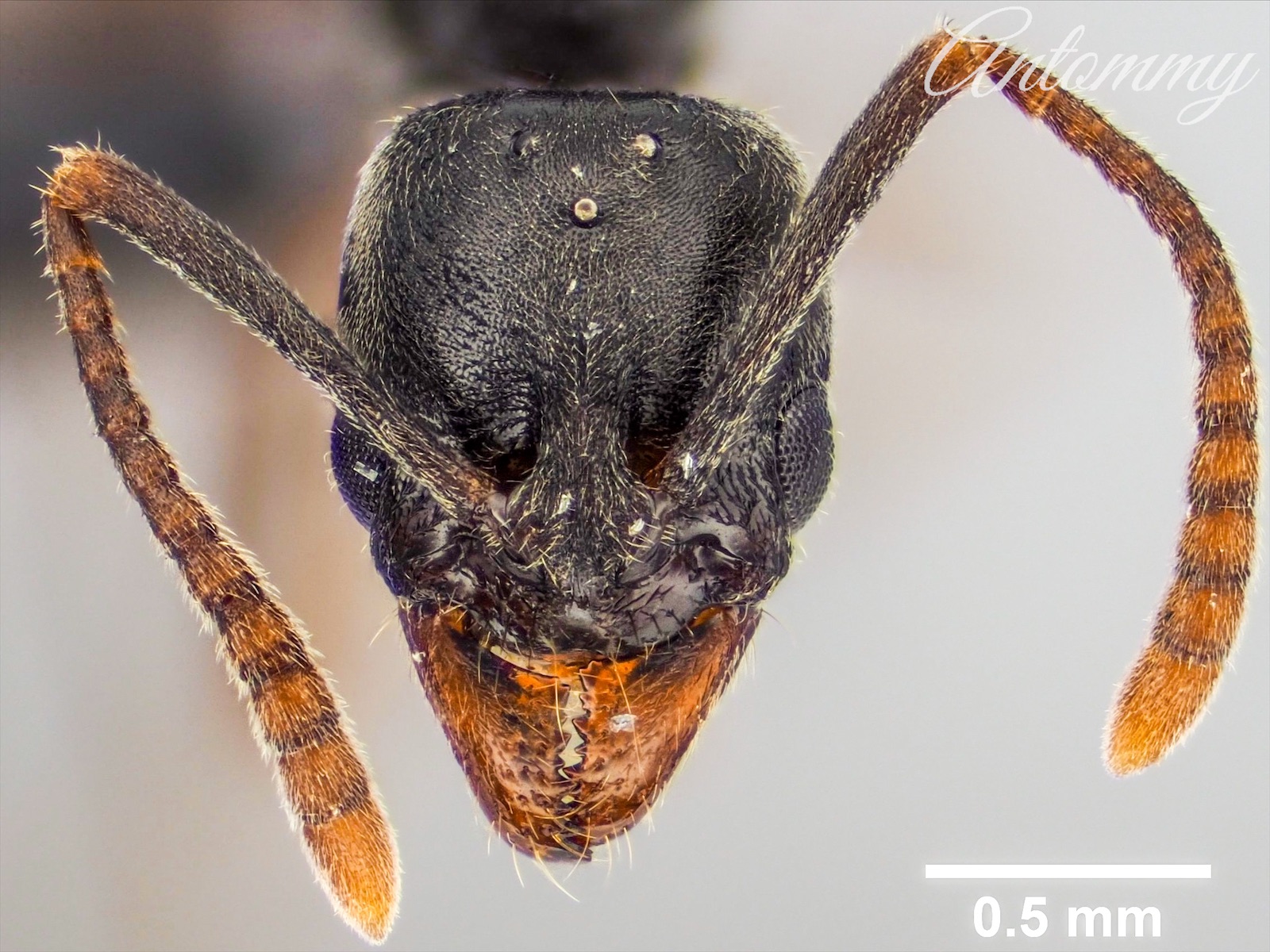
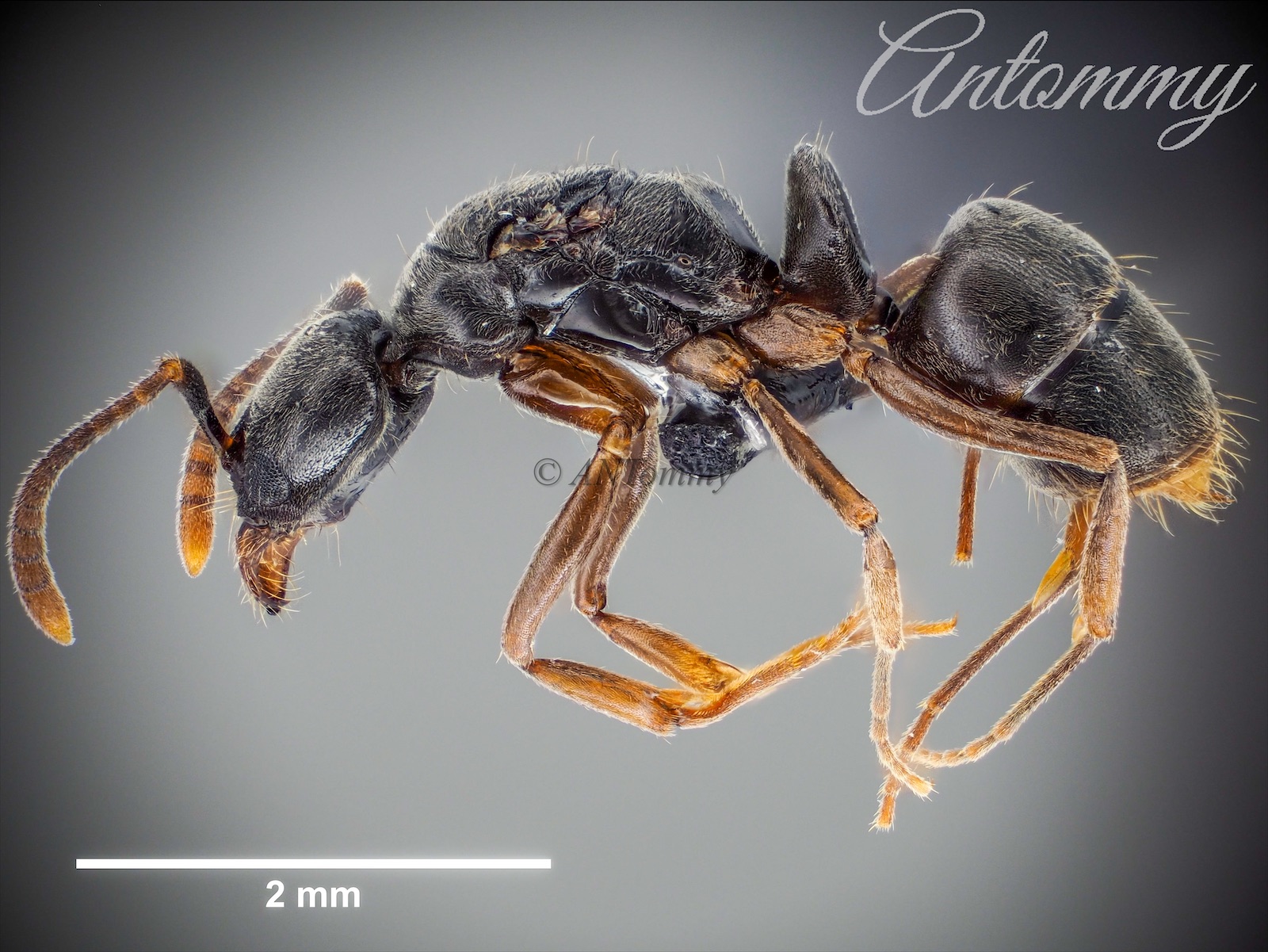
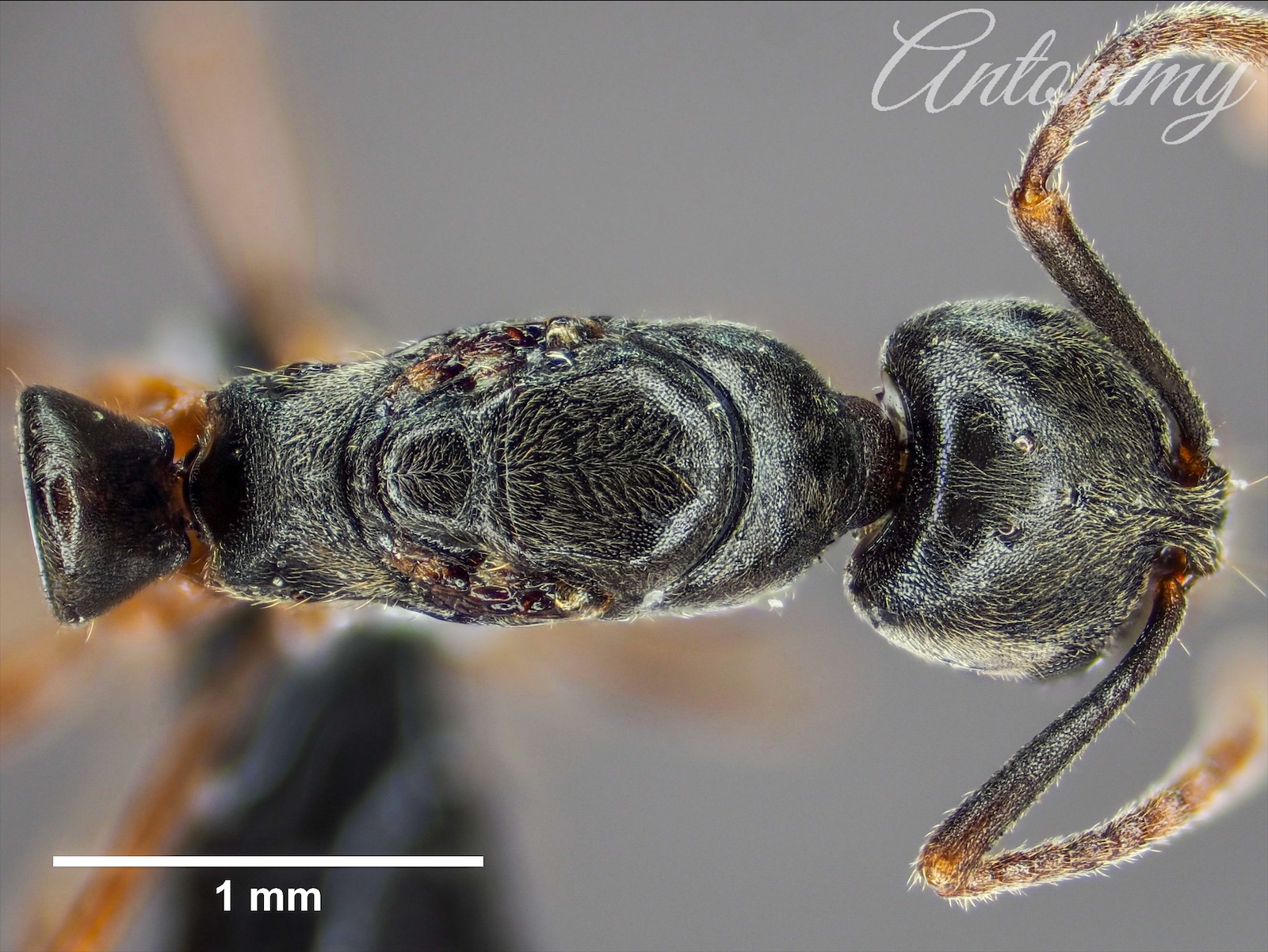
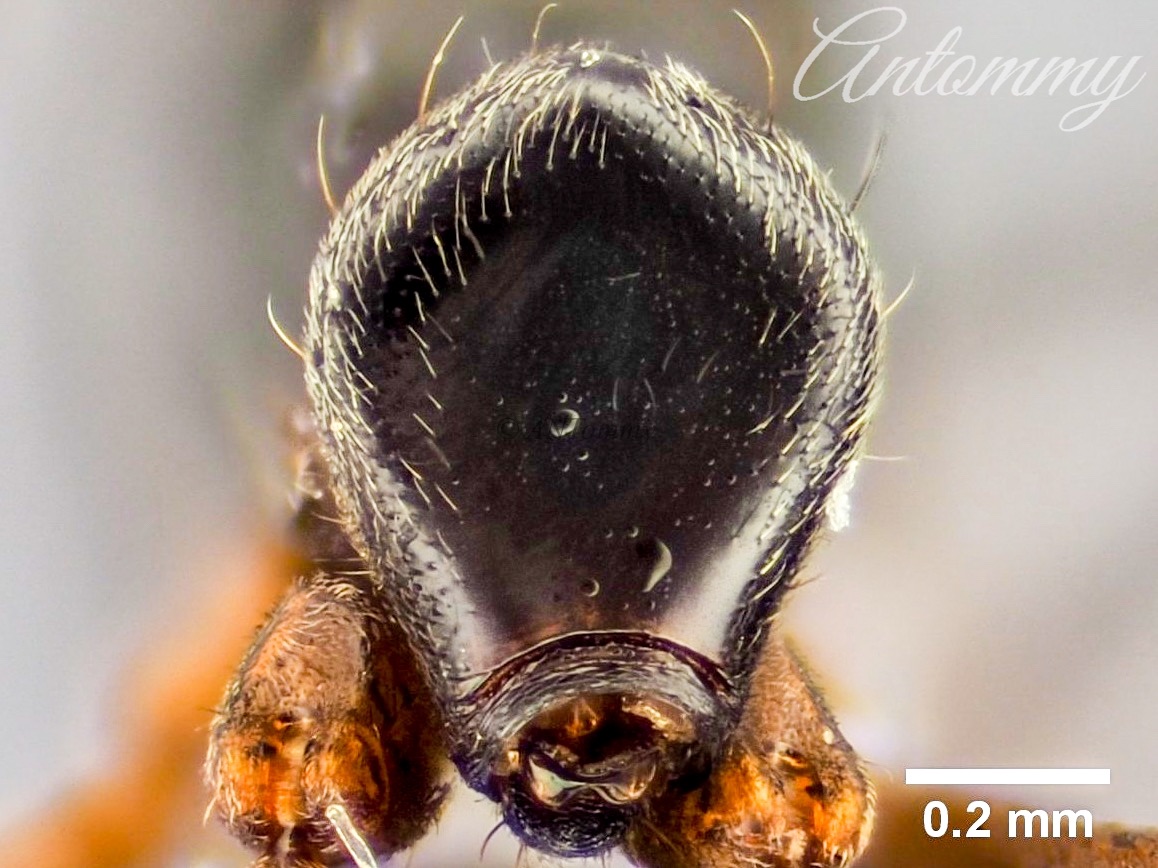
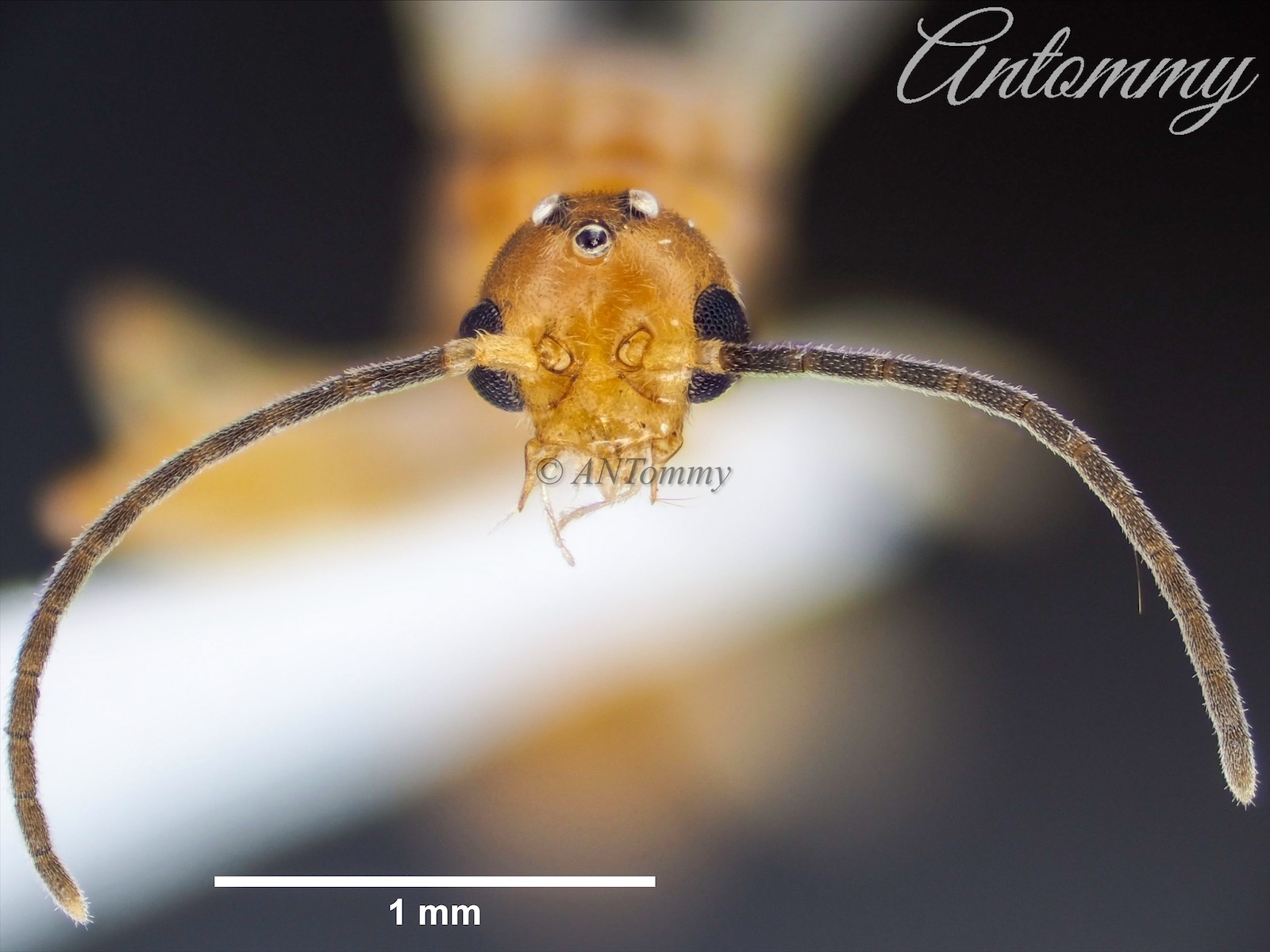
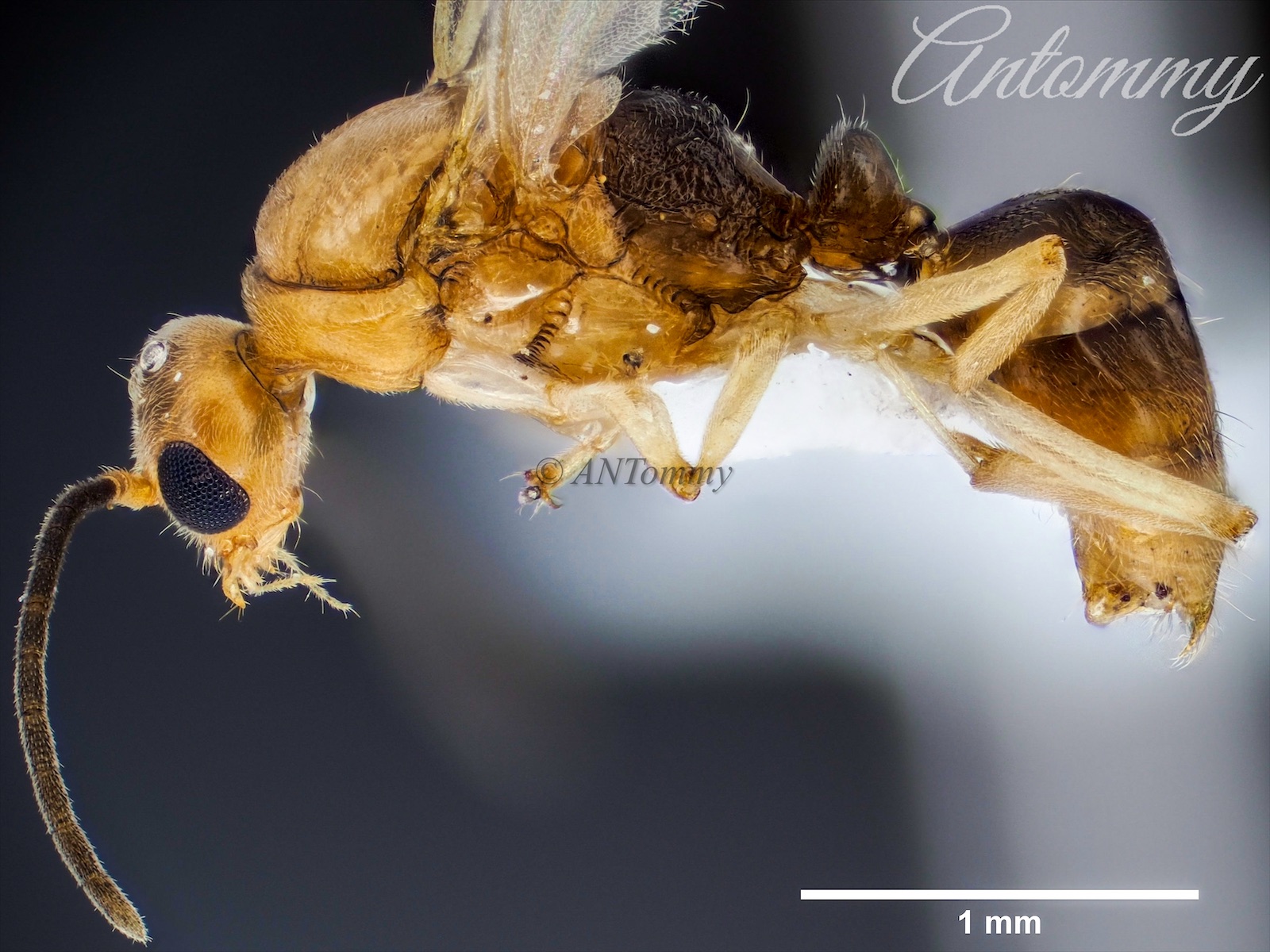




Yashiro, Toshihisa & Matsuura, Kenji & Guénard, Benoit & Terayama, Mamoru & Dunn, Robert. (2010). On the evolution of the species complex Pachycondyla chinensis (Hymenoptera: Formicidae: Ponerinae), including the origin of its invasive form and description of a new species. Zootaxa. 2685. 39-50. 10.11646/zootaxa.2685.1.3.
Schmidt, Chris & Shattuck, S.O.. (2014). The Higher Classification of the Ant Subfamily Ponerinae (Hymenoptera: Formicidae), with a Review of Ponerine Ecology and Behavior. Zootaxa. 3817. 1-242. 10.11646/zootaxa.3817.1.1.